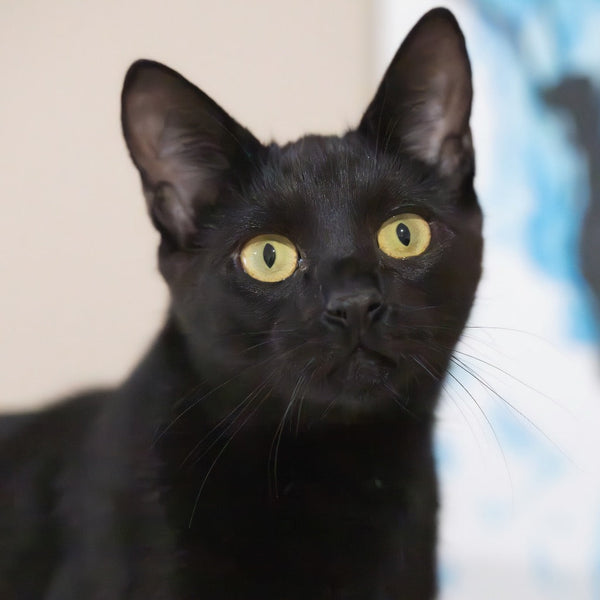So you have recently brought home a new feathered friend. Not a finch or canary, you have a parrot! Naturally, a shared common goal of the parrot keeper is to teach your parrot to speak. There are simple steps that you can take to vastly increase your chances on having a vocal avian!
Step 1: Do Your Homework
 Not all parrots are capable of speech. You may be wasting many hours trying to train speech to a parrot that will only whistle back. It is important to understand that purchasing a parrot is often a lifelong and life changing decision that should not be taken lightly. Your parrot(s) will likely not form a bond with you if you take home a pair and will be less likely to talk. Parrots alone need LOTS of attention, take time to reflect if a pet parrot is appropriate for your lifestyle. Some common parrot species that are capable of learning speech are:
Not all parrots are capable of speech. You may be wasting many hours trying to train speech to a parrot that will only whistle back. It is important to understand that purchasing a parrot is often a lifelong and life changing decision that should not be taken lightly. Your parrot(s) will likely not form a bond with you if you take home a pair and will be less likely to talk. Parrots alone need LOTS of attention, take time to reflect if a pet parrot is appropriate for your lifestyle. Some common parrot species that are capable of learning speech are:
- African Grey
- Amazon Parrots
- Budgerigar (budgie birds)
- Cockatoo
- Ringneck Parakeet
- Quaker Parrots
Step 2: Form a Bond
Before trying to tutor speech to your bird, the first step is to form a tight bond with your new pet! Parrots that are capable of mimicking speech are very social. Spend lots of 1-on-1 time with your bird, speaking on a gentle tone until your bird is comfortable around you. It is recommended you spend as much time with your parrot as possible in the first few months together.
Step 4: Baby Steps
Start with easy words or phrases you may say every day to your bird, without having to think about. These may include words like "hello", "goodbye", *your birds name* or "how are you?". Keep your bids attention by keeping him close to your mouth when teaching him words. Keep training sessions short, anything longer than 5 minutes your bird may start to lose interest.
Step 3: Associated Phrases
 A common and proven method of training short words and phrases is to associate words with actions or objects. For example, every time you step up your bird to your other hand, say "step up!", say "nut" every time you hand your bird a nut, and say"pretty bird" every time you scratch your birds neck. repeated actions accompanied by repeated phrases will stick in your birds head, and will have a likely chance of repeated those words or phrases when the action is completed.
A common and proven method of training short words and phrases is to associate words with actions or objects. For example, every time you step up your bird to your other hand, say "step up!", say "nut" every time you hand your bird a nut, and say"pretty bird" every time you scratch your birds neck. repeated actions accompanied by repeated phrases will stick in your birds head, and will have a likely chance of repeated those words or phrases when the action is completed.
Step 5: Have Fun!
If your bird is not having fun, it will probably be difficult to teach them anything. Give treats immediately when the proper vocalization is performed, and avoid giving treats when the parrot is not talking, it will increase their desire to perform. Pisces recommends: ZuPreem Real Rewards Garden Mix. Birds have emotions like people do, and sometimes they will simply not feel like talking, so be patient! Teaching your parrot to talk should be fun for both of you!
Interested in a new feathered friend? Call, message us on Facebook, or visit us in store to inquire about our current selection on parrot livestock!




